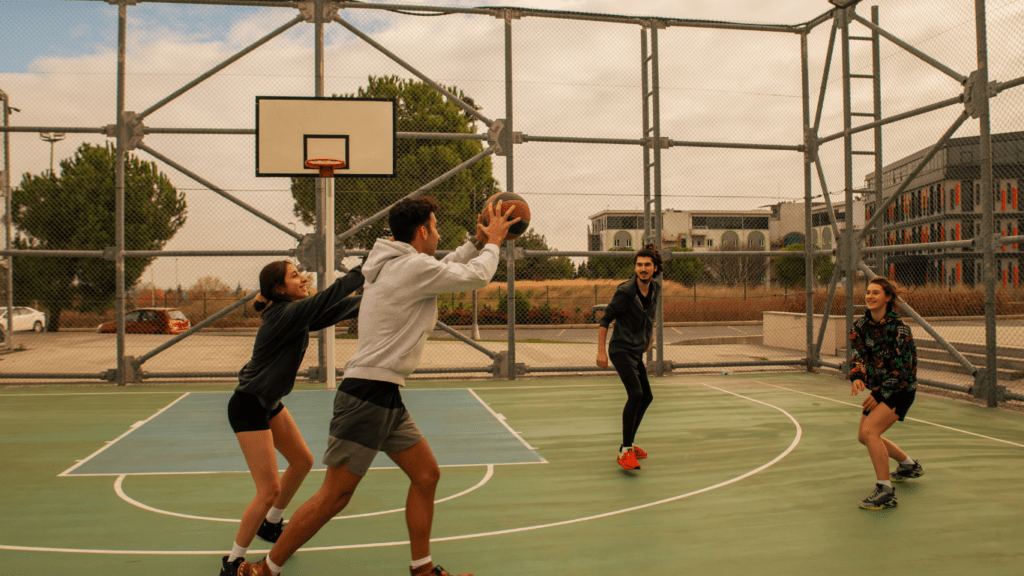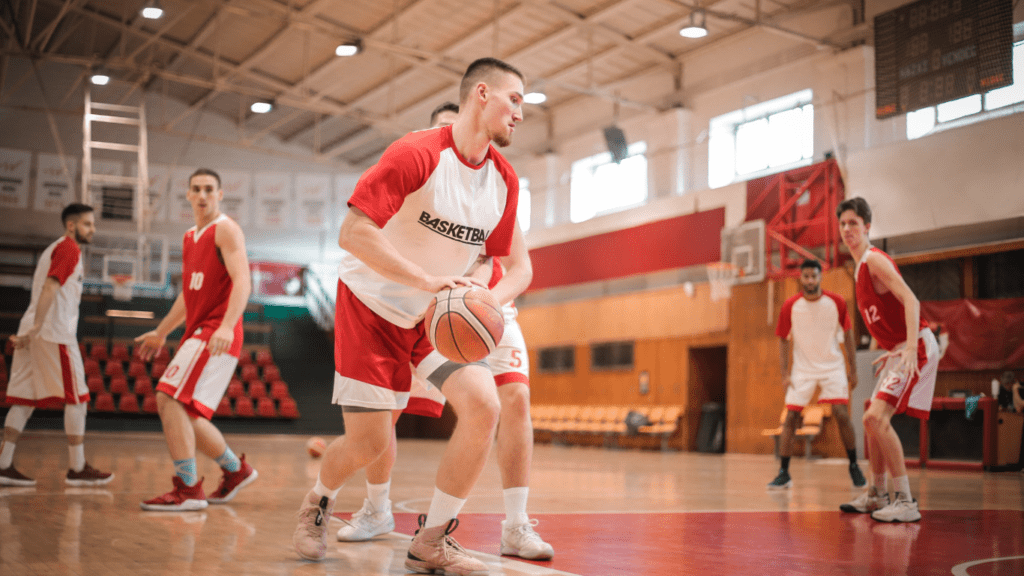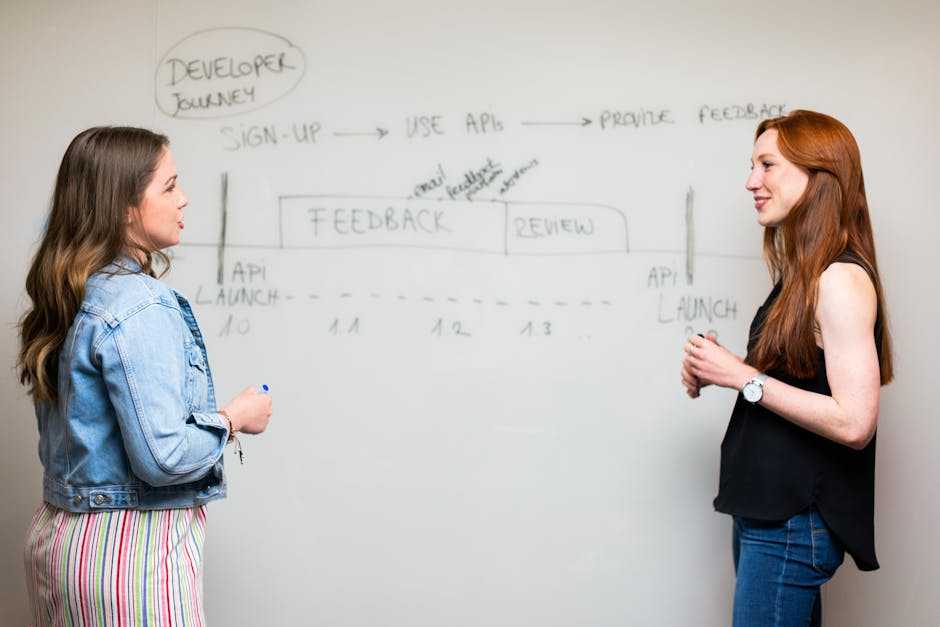Every athlete knows that precision and performance can make or break a game. Whether you’re on the field, court, or track, honing your skills through sport-specific drills is crucial. I’ve seen firsthand how targeted practice can elevate an athlete’s game, transforming raw talent into refined expertise.
In this article, I’ll explore various drills tailored to specific sports, designed to enhance your precision and overall performance. By focusing on the unique demands of each sport, these exercises not only improve your skills but also boost your confidence.
Let’s dive into the world of sport-specific training and discover how you can take your game to the next level.
Overview of Sport-Specific Drills
Sport-specific drills are focused exercises tailored to improve performance and precision in particular athletic disciplines. These drills incorporate the fundamental skills and movements unique to each sport, promoting a thorough understanding of techniques that athletes must master.
For example:
- Basketball Drills: Techniques like shooting, dribbling, and passing enhance an athlete’s on-court effectiveness.
- Soccer Drills: Exercises such as dribbling through cones and precision passing improve control and ball handling.
- Baseball Drills: Batting practice and fielding drills develop hand-eye coordination and reaction times.
- Tennis Drills: Serving and volleying routines focus on footwork and shot accuracy.
Each of these drills promotes muscle memory and fine motor skills, essential for peak performance during competitions. The integration of sport-specific drills alters training regimens, elevating athletes’ skill levels and fostering game-day confidence. Regular implementation of these targeted practices ensures athletes position themselves effectively to achieve their goals.
Importance of Precision in Sports
Precision significantly influences an athlete’s performance and overall success. Mastering specific skills enhances competitiveness and maximizes outcomes during events.
Role of Precision in Performance
Precision reflects an athlete’s ability to execute movements accurately and consistently. Athletes with high precision achieve better outcomes, such as successful passes, accurate shots, and consistent serves. Improving precision leads to higher scores in sports like basketball, soccer, and tennis.
Incorporating precision-focused drills, such as controlled shooting practices or target passing, fosters more effective skills that directly translate into game scenarios.
Impact on Skill Development
Precision contributes to the development of essential sports skills. Consistent practice sharpens an athlete’s focus, coordination, and muscle control, all vital for enhanced performance.
Engaging in targeted drills allows for repetition and refinement of techniques, transforming rudimentary skills into advanced capabilities. Athletes can see marked improvements in areas such as timing, decision-making, and reaction speed. Precision-focused training fosters confidence while creating a solid foundation for future growth and skill mastery.
Types of Sport-Specific Drills
Sport-specific drills focus on enhancing precision and performance within particular athletic disciplines. These exercises cater to both team sports and individual sports, adapting to the unique demands of each.
Drills for Team Sports
Team sports require collaboration and coordination among athletes. I utilize drills that improve communication and timing, fostering teamwork. Examples include:
- Passing Drills: I practice various passing techniques, including short, long, and through passes. These drills enhance accuracy and decision-making under pressure.
- Scrimmages: Engaging in small-sided games simulates match conditions. This allows for real-time adjustments and improves tactical awareness.
- Defensive Drills: I focus on positioning and footwork to build a strong defense. Drills include one-on-one challenges and zone defense practices.
- Breakaway Drills: I refine transition play through fast break scenarios, developing speed and synchronization among teammates.
Drills for Individual Sports
Individual sports demand a focus on personal skill development. I implement drills that enhance specific techniques and overall performance. Examples include:
- Shooting Drills: In basketball or soccer, I concentrate on accuracy and form through repeated practice of free throws or penalty kicks.
- Serves and Volleys: In tennis, drills focus on precision serves and volleying techniques, improving consistency and placement.
- Swing Drills: In baseball, I work on batting techniques through repetitive swings, emphasizing bat speed and follow-through.
- Endurance Drills: I incorporate interval training and agility exercises to enhance stamina and speed, crucial for individual performance.
Integrating these sport-specific drills into regular training enhances my skill level, promotes confidence, and positions me for success.
Designing an Effective Training Program
An effective training program centers on targeted goals and systematic practice. Athletes benefit from a framework that aligns their skills with specific performance objectives.
Identifying Goals and Objectives
I start by clearly defining specific goals for the training program. I evaluate both short-term and long-term aspirations, ensuring they align with the athlete’s competitive context. For example, an athlete preparing for a basketball season may aim to improve shooting accuracy by 20% or enhance defensive footwork during games.
Setting measurable objectives allows me to track progress and modify training as needed, fostering continuous improvement. Understanding an athlete’s strengths and weaknesses provides clarity, allowing me to focus on drills that directly address areas for growth.
Incorporating Drills into Practice
I incorporate sport-specific drills systematically into practice sessions. I prioritize drills that enhance precision and performance while varying their frequency and intensity. For instance, in soccer, I mix ball control exercises with passing drills, ensuring athletes engage in different skill sets during each training session.
I dedicate specific time slots for high-repetition drills to build muscle memory, which is essential for performance under pressure. Using simulations of game scenarios further enriches practice sessions.
I implement drills that mimic real-game situations, thus reinforcing decision-making skills and game awareness. By introducing competitive elements, such as timed drills or mini-games, I foster a sense of urgency and motivation among athletes. This holistic approach not only improves individual skills but also encourages teamwork and strategic thinking.
Measuring Progress and Performance
Measuring progress and performance is key to understanding an athlete’s development. Regular assessments reveal how effective drills have been and highlight areas needing adjustment for continued growth.
Tracking Improvement
Tracking improvement involves consistently documenting key performance indicators. I focus on metrics such as accuracy rates, reaction times, and skill execution during drills. Using video analysis allows for visual feedback, helping athletes see their refining techniques.
Regularly comparing these metrics against previous sessions fosters accountability and motivation. For example, a basketball player may record shooting percentages over weeks to monitor enhancement in precision.
Adjusting Drills for Optimal Results
Adjusting drills ensures they remain effective as an athlete progresses. I recommend modifying difficulty levels based on performance outcomes. If an athlete consistently achieves goals, I elevate the challenge by introducing new elements or increasing complexity.
Conversely, if results plateau, I simplify the drills to refocus on foundational skills. This adaptive approach allows for personalized training that targets specific weaknesses and enhances overall performance, keeping athletes engaged and improving continuously.




